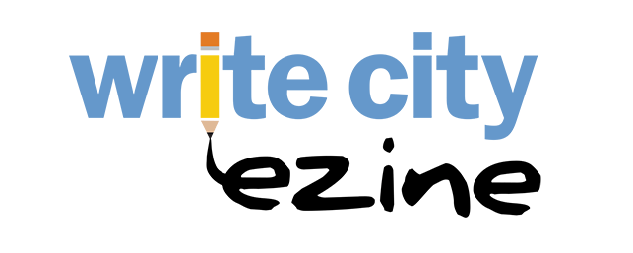
December 28, 2013
HEMINGWAY, A TYPEWRITER AND SOME STOLEN MANUSCRIPTS
by Diane Gilbert Madsen
Ernest Hemingway, arguably the 20th century’s best known writer, was both a literary genius and a first class celebrity, and everything about his life is fodder for speculation. One curious incident occurred in1922 when a valise filled with Hemingway’s early manuscripts was stolen from his first wife, Hadley Richardson, at the Gare de Lyon Paris railway station. The valise and the manuscripts have never been found, even though Hemingway rushed back to Paris and offered a small reward for their return. . He was furious with Hadley for years over the loss. Critics today say that the lost early works would provide great insight into the development of his craft. Hemingway’s sister and many of his friends agreed that he never forgave Hadley, and the loss of these early manuscripts was a sore spot that bothered Hemingway for the rest of his life and was the beginning of their breakup.
The works that were in the stolen valise consisted of eleven stories and twenty poems that Hemingway worked on between 1921 and 1922. When I wrote the DD McGil Literati Mystery “Hunting for Hemingway,” I wondered what typewriter Hemingway had used to type these works. Much is known about Hemingway’s later typewriters - his Underwood Portable, his various Royal typewriters -one of which is still in his office at the Key West Home and Museum - and his famous Swedish Halda typewriter that sold at auction in 2008 on which he typed The Dangerous Summer. However, few know that the model typewriter Hemingway used in the early 1920’s was a portable folding Corona Number 3. Interestingly, it was given to him as a birthday present on his 22nd birthday on July 21, 1921 by his then fiancée, Hadley Richardson. He and Hadley were married in Horton Bay, Michigan on September 3, 1921, and the Corona Number 3 accompanied them when they sailed for Europe three months later.
The Corona #3 was the perfect typewriter for Hemingway the foreign correspondent. It’s carriage folded forward and down, so it could fit neatly into its carrying case. The portable was so light, compact and durable that Hemingway took it everywhere. When he left for Constantinople in September 1922 to cover the war between Greece and Turkey, it came along, allowing Hemingway to easily send dispatches from the field to his paper, the Toronto Star.
To Hemingway, this Corona Number 3 wasn’t just a typewriter, as Freud would say. It had a personality. Hemingway once told Ava Gardner that the only psychiatrist he would ever submit to was his Corona # 3. In fact, Hemingway fell so hard for his Corona Number 3 that he wrote a poem to it. He sent the poem to Harriet Monroe in Chicago in February, 1922: (1)
"The mills of the gods grind slowly;
But this mill
Chatters in mechanical staccato,
Ugly short infantry of the mind,
Advancing over difficult terrain,
Make this Corona
Their mitrailleuse.” *
* An old style machine gun
The Corona #3 model typewriter was an instant success when it debuted in 1912, replacing the Standard Folding model of 1906. It was lighter and more compact, made mostly from aluminum. The No. 3 has three banks of keys and a double carriage shift: one for capitals and one for figures. It was one of the most successful machines in typewriter history, with more than 650,000 machines built and sold over a period of almost 30 years. This machine was so practical, it was chosen for use by the British Army in WW I. In 1926 the Corona factory merged with the L.C. Smith Typewriter Company to form the Smith-Corona company. (2)
I happened on a Corona #3 from Hemingway’s era. It’s still in good condition, and I am amazed at how light it is and how cleverly it folds into its case. I can easily see how Hemingway fell for it. I keep it in my office to inspire me when I’m writing … on my computer.
*Footnotes:
(1) Carlos Baker, Ernest Hemingway: A Life Story, 1969, New York, Charles Scribner's Sons, page.90.
(2) Thanks to the Typewriter Museum on line and My Typewriter.com authors for the above information on the history of the Corona No. 3
Write City Ezine is currently open to submissions. See submission guidelines for further information.
Affiliates/Partners
Testimonials
Contact
Join CWA
Member Profile
My Account
Writers Conference
Presenters
Agents and Publishers
Pitch Sessions
Sponsors
Scholarships
Speaker Registration
Book of the Year
Spirit Award
First Chapter Contest
Resources
Home
Chicago Writers Association
info@chicagowrites.org
Make a Difference!

